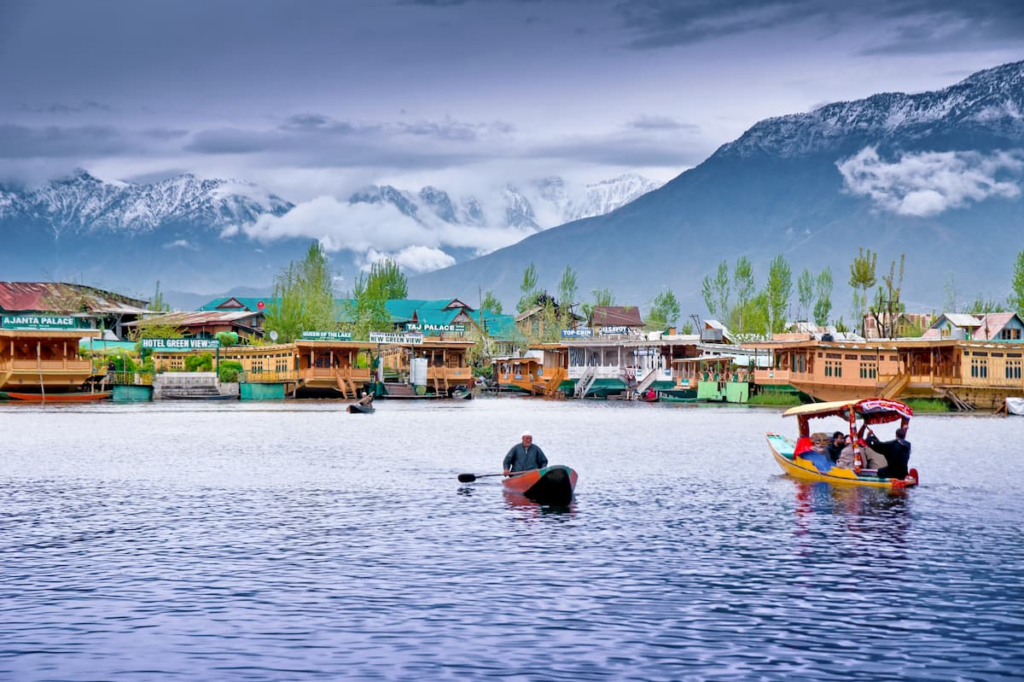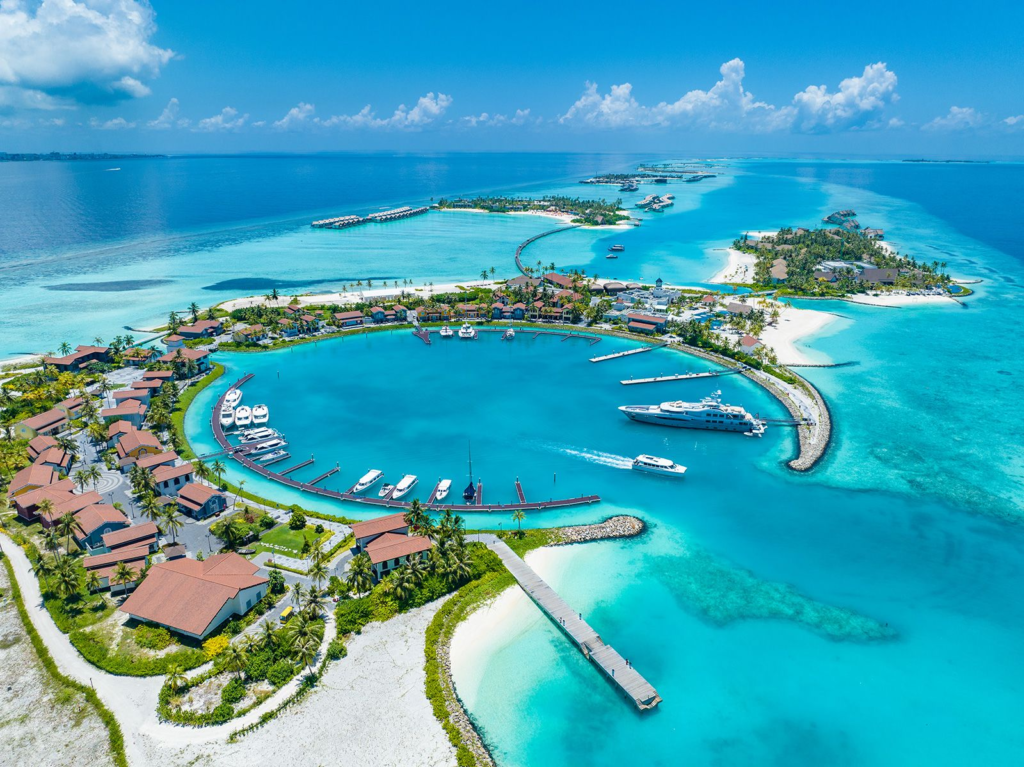
Jammu and Kashmir, often referred to as the “Paradise on Earth,” is a region of immense cultural and geographical diversity nestled in the northernmost part of India. Its significance in the country’s history and current affairs cannot be overstated.
Historical Significance
Ancient history and cultural heritage
The roots of Jammu and Kashmir trace back to ancient times, with a rich tapestry of cultures including the influence of Hinduism, Buddhism, and Islam. This blend has given birth to a unique cultural identity that is reflected in its art, architecture, and way of life.
Mughal influence
During the Mughal era, the region flourished as a center of art and learning. The Mughal emperors were enchanted by the beauty of Kashmir, often referring to it as “Jannat-e-Kashmir,” meaning “Paradise of Kashmir.”
British rule and the princely state
With the decline of the Mughal Empire, Jammu and Kashmir became a princely state under the suzerainty of the British Empire. The region’s strategic location made it a coveted prize, leading to political and territorial disputes.
Accession to India
The events leading to the accession of Jammu and Kashmir to India are integral to understanding the region’s complex political landscape. The controversial accession, coupled with territorial disputes, has been a source of contention between India and Pakistan.
Geography and Climate
Jammu and Kashmir boast a diverse topography ranging from the fertile plains of Jammu to the towering peaks of the Himalayas. This geographical diversity contributes to a wide range of climates, with distinct seasonal variations.
Culture and Traditions
The culture of Jammu and Kashmir is a mosaic of various influences, with each region having its unique customs and traditions. The state is known for its handicrafts, including Pashmina shawls, paper-mâché items, and intricate carpets.
Economy and Development
The economy of Jammu and Kashmir is primarily agrarian, with a significant portion of the population engaged in agriculture. Efforts are underway to diversify the economy by promoting tourism and other industries.
Tourism in Jammu and Kashmir
The natural beauty of Jammu and Kashmir is unparalleled. From the serene Dal Lake in Srinagar to the adventure-filled slopes of Gulmarg, the region offers a wide range of attractions for tourists. The tourism sector has played a pivotal role in the economic development of the region.
Conflicts and Resolution Efforts
Jammu and Kashmir have witnessed decades of conflict, resulting in immense human suffering and displacement. Recent developments and peace initiatives hold promise for a more stable and prosperous future.
Political Situation
The region is divided into three main administrative divisions: Jammu, Kashmir, and Ladakh. Each division has its unique political dynamics, contributing to the complex governance structure.
Human Rights Issues
The human rights situation in Jammu and Kashmir has been a subject of international concern. Efforts are being made to address these issues and ensure the protection of basic rights for all residents.
Future Prospects
As the region looks to the future, there are ambitious development plans in place aimed at boosting the economy and improving infrastructure. With its natural beauty and cultural heritage, Jammu and Kashmir has immense potential for growth and prosperity.
Conclusion
Jammu and Kashmir, with its stunning landscapes and rich cultural heritage, stands as a testament to the diversity and resilience of India. While it has faced its share of challenges, there is hope for a peaceful and prosperous future for this remarkable region.



